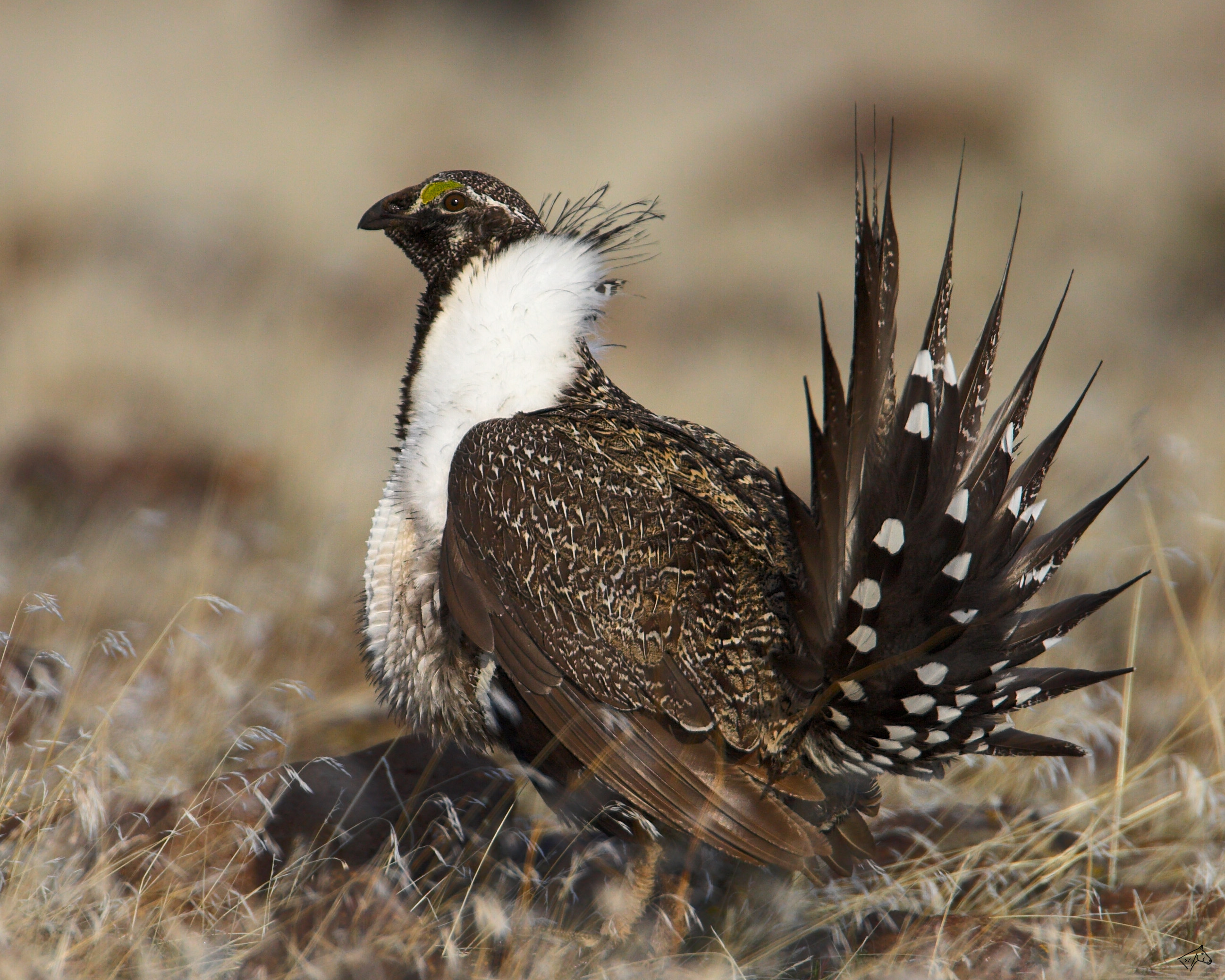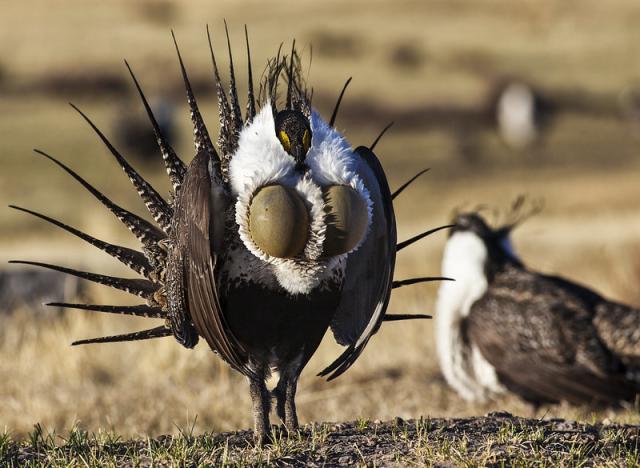The greater sage grouse is an iconic bird species found in the western United States. It is known for its striking appearance, with a spiky tail and impressive size, and for its unique mating ritual, which involves puffing up its chest and making a deep, booming call. However, the greater sage grouse is also an important indicator species for the health of the sagebrush ecosystem, making its conservation a critical issue.

The greater sage grouse is a keystone species, meaning that it plays a critical role in maintaining the health and biodiversity of its ecosystem. As a herbivore, it helps to control plant populations, which in turn supports a wide range of other species that depend on the sagebrush habitat. However, the sagebrush ecosystem is under threat from habitat loss and fragmentation, wildfires, and invasive species.

To protect the greater sage grouse, conservation efforts are underway across the western United States. One of the most significant efforts has been the creation of a collaborative conservation strategy between state and federal agencies, conservation organizations, and landowners. This strategy includes measures to protect and restore sagebrush habitat, reduce the impact of energy development and other human activities, and improve land management practices.
Another important aspect of greater sage grouse conservation is monitoring and research. Scientists are studying the bird’s behavior, habitat requirements, and population dynamics to better understand how to protect and conserve the species. This research is also informing efforts to manage and restore the sagebrush ecosystem, which is critical for the survival of many other species.

In conclusion, the greater sage grouse is a symbol of the American West and an important indicator species for the health of the sagebrush ecosystem. Protecting this species requires a collaborative effort involving government agencies, conservation organizations, and landowners. By working together, we can ensure that the greater sage grouse continues to thrive in its natural habitat, and that the sagebrush ecosystem remains healthy and vibrant for generations to come.







